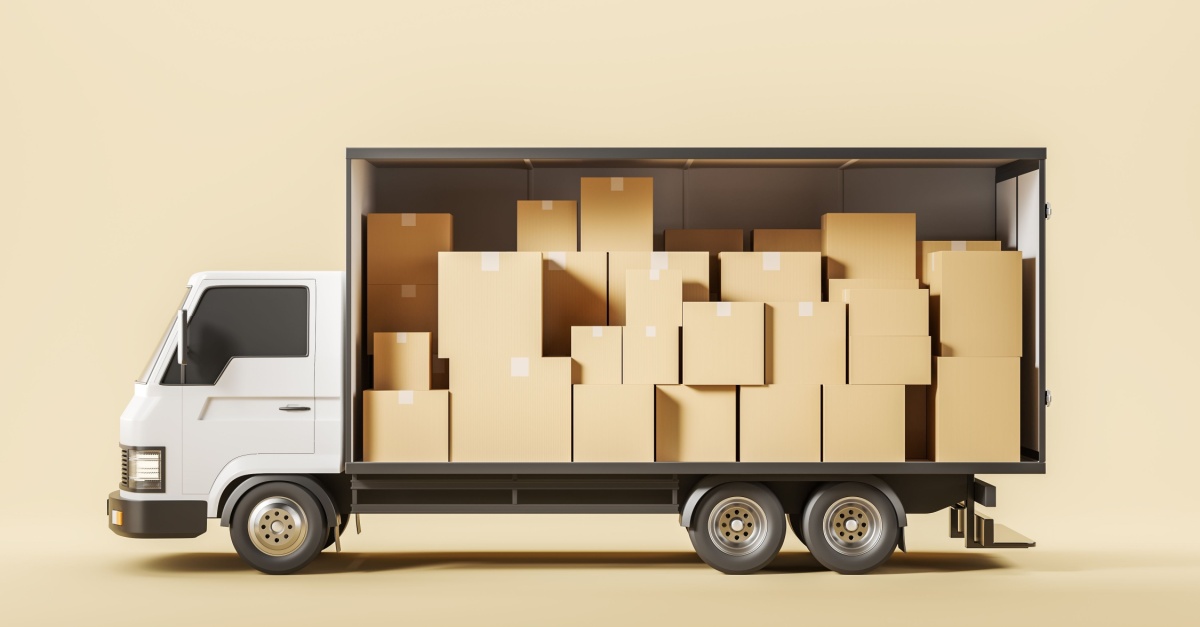

Your warehouse manager texts you Thursday afternoon: Tomorrow’s deliveries won’t fit on your trucks. You both know what happens next. Either you buy another $150,000 truck that’ll be used maybe 90 days a year, or you turn away good business.
Lucky for you, there’s a better option: fleet augmentation.
Keep your core fleet for daily runs, then supplement it with third-party vehicles and drivers when demand spikes.
You only pay for what you use, when you use it. Your CFO stops asking why you’re maintaining trucks that sit empty. And you stop stressing over breaking your own delivery promises.
Fleet augmentation may sound great on paper, but you’re probably wondering how to know when it makes sense for your operation. The financial case becomes obvious in three common scenarios that you’ve likely lived through or watched competitors stumble over.
Every retailer knows the drill: Black Friday hits and order volumes surge hundreds of percent over baseline. Your fixed fleet handles Tuesday just fine, but peak season crushes operations. Late deliveries pile up, overtime costs explode, and customer complaints flood your inbox.
Fleet augmentation gives you extra vans and trucks exactly when those predictable surges hit. You scale up for the holiday rush, then scale back down in January without paying for empty vehicles all spring. Smart operators lock in their augmented capacity early, booking drivers before the scramble begins.
You just landed that partnership you’ve been chasing for two years. Or your product goes viral and e-commerce orders double overnight. Suddenly, demand outpaces your fleet.
Buying new trucks takes months. Finding qualified drivers takes longer, especially with 60,000 fewer drivers than the industry needs right now.
Fleet augmentation works like a pressure release valve, giving you coverage while you secure long-term capacity. You keep delivery promises intact while your business finds its new normal. Growth becomes what it should be: good news, not a crisis.
That regional chain offers you a multimillion-dollar contract — but you’ll need 20 more trucks starting next month. Buying or leasing a dedicated box truck fleet means huge upfront costs, plus months of lead time you don’t have.
Fleet augmentation closes that gap fast. You tap into a network of professional drivers and trucks, ready for everything from first mile factory pickups to final delivery. You sign the contract knowing you can handle the volume immediately. You’re out making deliveries while your competitors are still filling out lease applications.
So, now you’re sold on the concept of fleet augmentation, but how can you make it work for tomorrow? Thanks to modern platforms like FRAYT, the process is smoother than you’d expect.
Log into a web portal or connect via API. Enter the basics: pickup location, drop-off address, package size, and delivery time. The system quotes you an instant price without the usual phone tag, haggling, and waiting three days for a quote that expires before you can use it.
Need a rush order today? Schedule it with same day service. Planning for next week’s overflow? Lock it in ahead of time. The platform handles first mile pickups too, so you can grab inventory from your supplier’s warehouse at 8 a.m. and have it at your customer’s dock before lunch — all through a single interface instead of juggling multiple vendors.
The platform pairs each shipment with a qualified driver who has the right vehicle, whether you need a sedan for documents or a box truck for pallets. Algorithms make the match, but real people monitor the process.
Here’s where fleet augmentation gets smart: multiple smaller shipments headed in the same direction can be consolidated into one milk run. Three partial loads become one efficient route. One driver handles multiple pickups and deliveries, cutting empty miles and cost. You get the benefits of consolidated shipping without managing the complexity yourself. The platform essentially creates your own temporary LTL network using available capacity across the city.
Your shipment goes live, and updates start flowing in real time. You see when a driver arrives at pickup, when they’re en route, and when they complete delivery. Real-time GPS tracking means you can answer customer questions without calling anyone.
Professional contract drivers handle the handoffs. They navigate loading docks, apartment complexes, and construction sites. They get signatures, take photos, and submit proof of delivery right there in the app. Confirmations flow back into your system while your team stays focused on core operations.
The whole process feels like running your own fleet, except without the overhead, management bottlenecks, or capital investment.
Now you understand how fleet augmentation works, but your CFO wants hard numbers. Should you augment or buy more trucks? When you compare the two, the math usually surprises people used to defaulting to ownership.
Fleet augmentation works because it matches how your business actually runs. Your core fleet handles predictable daily routes just fine. Then Thursday afternoon hits: tomorrow’s overflow, a peak season surge, or a new contract requiring 20 trucks you don’t have.
Instead of buying trucks for your worst-case scenario, you tap into available capacity exactly when you need it. You pay for the deliveries you need today, not the trucks that might sit empty tomorrow. And you quit losing sleep over delivery capacity.
FRAYT makes this whole concept work with 42,000+ professional drivers across 150+ U.S. markets. From sedans to box trucks, you get vehicles on demand, plus tracking and support that make it feel like your own fleet. New market opportunities that once required months of planning and capital investment now happen with just a few clicks. Urgent deliveries that would’ve meant expensive overtime or angry customers get handled immediately. Meanwhile, your competition is still explaining to their CFO why they “need” another truck — while you’re already out making deliveries.
Sign up with FRAYT and bring fleet augmentation to life.